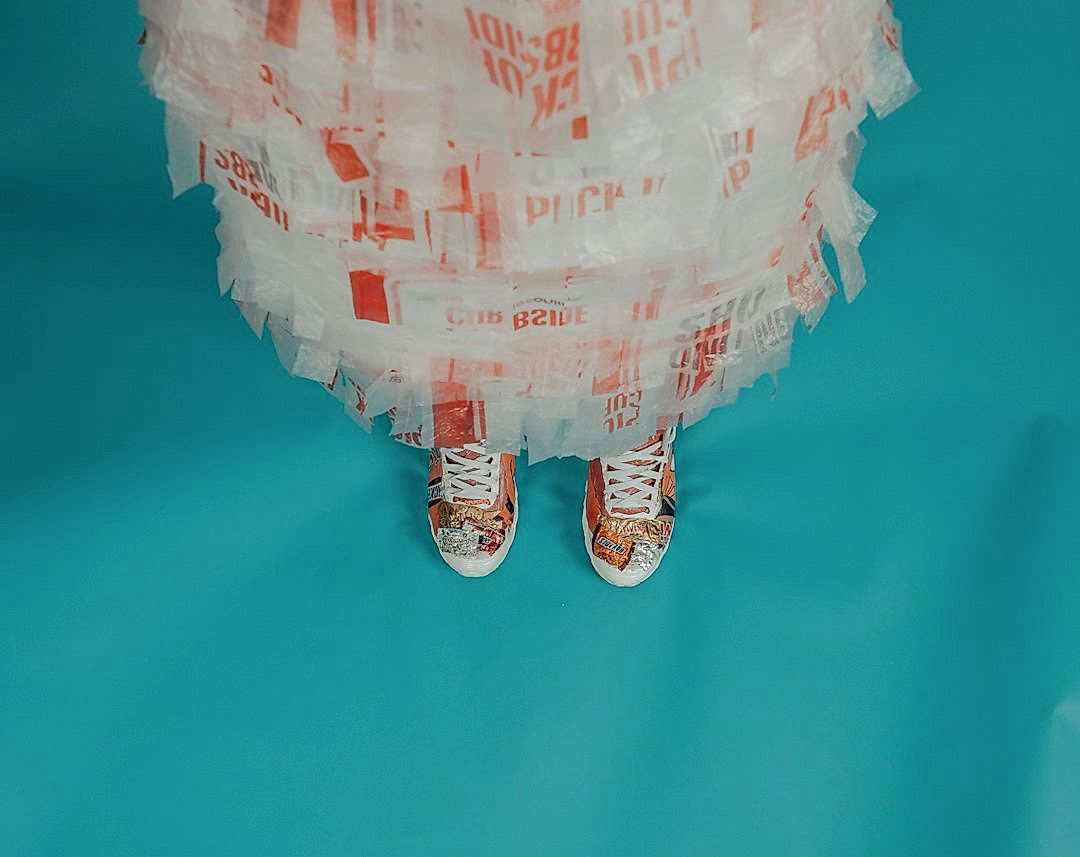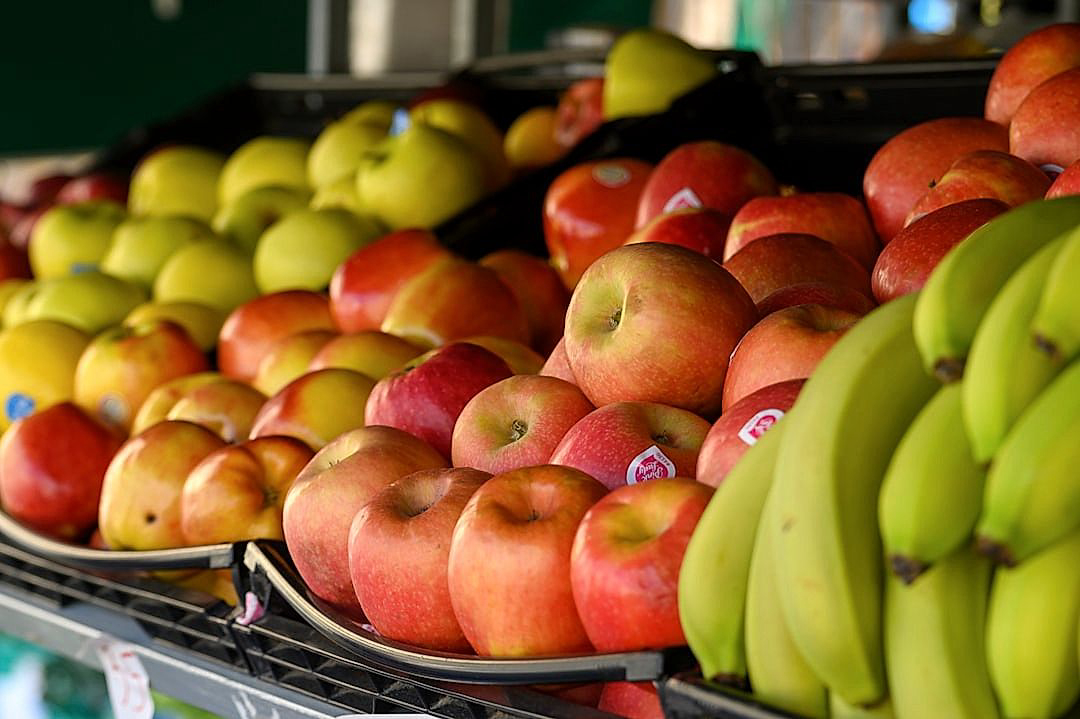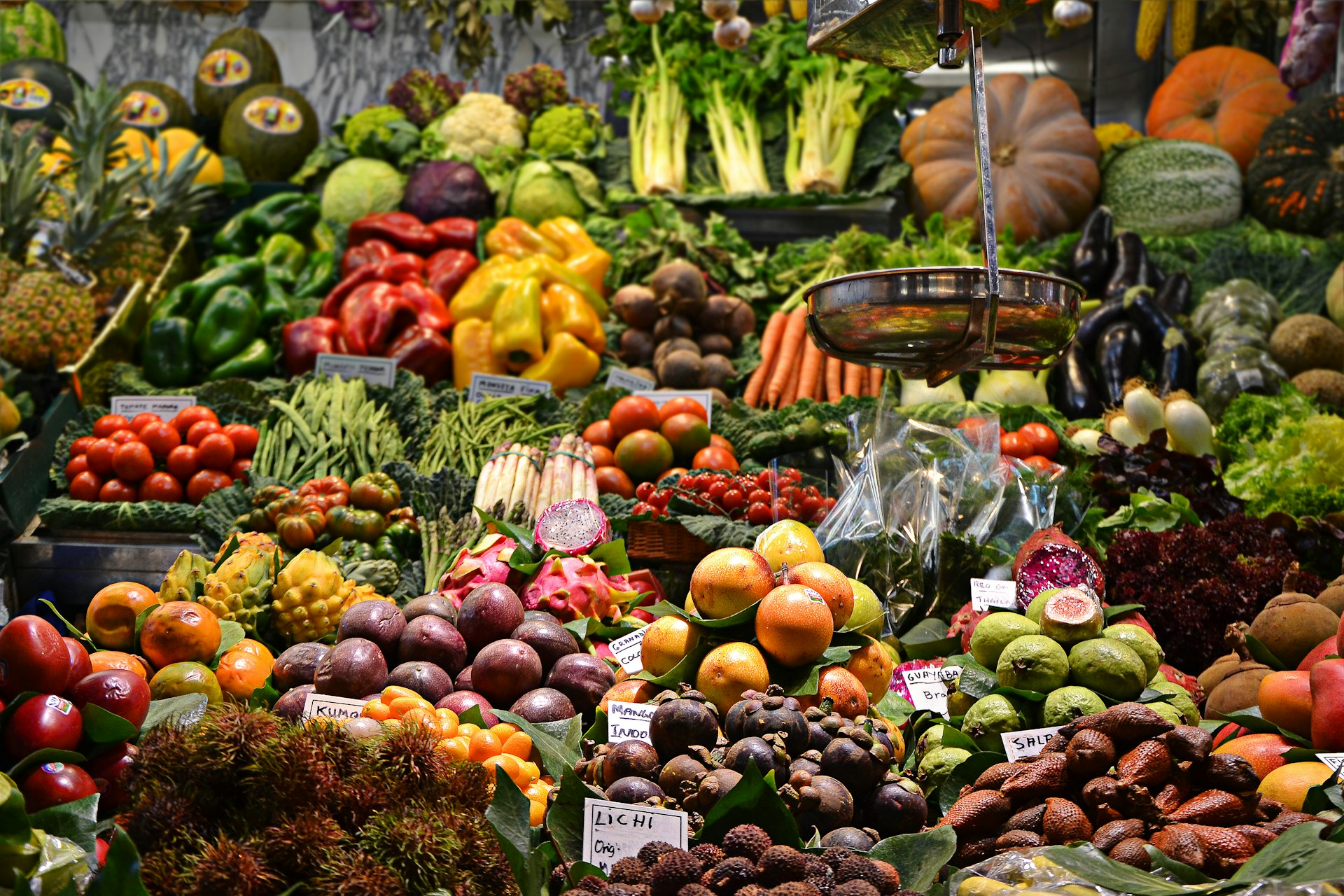In recent years, a noteworthy shift has been observed in consumer behavior.
A distinct preference for more sustainable solutions, driven primarily by the millennial group, is causing a significant transformation in the market landscape.
Packaging, a critical component of product placement, is quite evidently in the spotlight here.
Companies are now challenged to reassess their packaging strategies and make them eco-friendly to attract this emerging consumer group.
In this shift, balancing aesthetics, functionality, and sustainability in packaging has become crucial.
The following insights will offer innovative strategies to leverage this trend, appealing to the environmentally conscious millennial consumer.
Contents
- Ways To Capture The Millennial Market With Eco-friendly Packaging
- 1. Use biodegradable materials for product packaging
- 2. Promote Eco-friendly Packaging Through Social Media
- 3. Highlight environmental impact in product descriptions.
- 4. Use Recyclable Materials in the Packaging Process
- 5. Incorporate Sustainability into Brand’s Mission Statement
- 6. Offer incentives for recycling or reusing packaging
- 7. Collaborate with Environmental Organizations for Packaging Solutions
- The Bottom Line
Ways To Capture The Millennial Market With Eco-friendly Packaging
1. Use biodegradable materials for product packaging
With the ever-growing awareness of environmental issues, millennials are increasingly attracted to companies that incorporate eco-friendly practices in their business operations.
One of the major factors that contribute to environmental pollution is non-biodegradable packaging.
Companies are now shifting towards biodegradable packaging materials to reduce their environmental impact.
When a packaging material is biodegradable, it simply means it can be broken down by natural processes without causing harm to the environment.
These eco-friendly packaging materials can then serve as a source of nutrition for plants and other living organisms, playing a significant role in the ecological cycle.
Biodegradable packaging does not only benefit the environment, but it also appeals to the millennial market who value environmentally conscious companies.
Millennials pay keen attention to the type and quality of the packaging used by businesses.
This demographic is willing to pay a premium for products that come in eco-friendly packaging, making it a potentially lucrative market segment for businesses.
The use of biodegradable packaging also enhances the reputation of a company.
It sends a clear message to customers and stakeholders that the business is committed to sustainable practices and a better future.
This results in increased customer loyalty and trust, which directly impacts the company’s bottom line.
The switch to biodegradable materials for product packaging may take a significant amount of time and resources, but it is a worthy investment.
It not only helps companies capture the millennial market but also lays the foundation for sustainable growth in the future.
Furthermore, the use of recycled or plant-based materials for packaging can open doors to innovation.
It can lead to the development of new, unique packaging designs that set the product apart in the market.
Therefore, it is clear that using biodegradable materials for product packaging is key to attracting and retaining the millennial market.
2. Promote Eco-friendly Packaging Through Social Media
In the quest to capture the millennial market with eco-friendly packaging, utilizing the power of social media is a strategy you cannot afford to overlook.
Millennials are by far the most active demographic on these platforms, making it the perfect place to optimize your eco-friendly messaging.
By strategically placing your brand’s commitment to eco-friendly packaging in your social media content, you can appeal to this environmentally conscious demographic.
For example, you can publish posts that detail the amount of landfill waste saved by customers choosing your sustainably-packaged products, or even share stories that portray your company’s journey towards achieving greener operations.
Visual content showcasing the sustainability efforts behind your packaging process can drastically increase consumer trust in your commitment to the environment.
This not only validates your brand’s authenticity, but also underscores your environmental stewardship.
You can also use social media to educate millennials on the importance of choosing products with eco-friendly packaging.
This could involve posts about the environmental benefits of recyclable, reusable, and biodegradable materials, as well as infographics that demonstrate the environmental impact of traditional packaging choices.
Sharing user-generated content, such as consumers unboxing your products and commenting on the sustainability factor of your packaging can also drive engagement and encourage brand loyalty.
Social media also offers a platform to launch campaigns that reward customers for making eco-friendly decisions, such as offering discount codes or freebies to those who share a post about recycling or reusing your packaging.
Always remember to engage with your followers, encourage discussions about your green packaging and be transparent about your sustainability objectives.
You can even go a step further by collaborating with influencers who champion eco-friendly causes, adding credibility to your brand’s commitment to sustainability.
Capitalizing on the reach and effectiveness of social media to promote your eco-friendly packaging will not only resonate with millennials but will also spread a powerful message about your brand’s environmental commitment to a wider audience.
However, authenticity is key – millennials can spot a phony corporate social responsibility claim from a mile away, which can damage your brand’s reputation. So, always ensure your outward messaging aligns with your internal operations.
With a thoughtful approach, promoting eco-friendly packaging on social media can secure your brand as a bold player in the fight against climate change, capturing the hearts (and wallets) of the environmentally-conscious millennial market.
3. Highlight environmental impact in product descriptions.
One influential way to attract the millennial market towards eco-friendly packaging is to transparently highlight the environmental impact in your product descriptions.
Millennials, a generation propelled by consciousness and responsibility, look for brands that resonate with their values, and there’s no better way to communicate that your brand aligns with their environmental concern than openly addressing your product’s eco-footprint.
Thus, integrate the environment specifics into your product descriptions to clearly articulate the positive environmental impacts.
Highlight how the product packaging minimizes emissions, saves energy and reduces waste in comparison to conventional alternatives.
Your product descriptions can also reveal more about the materials used for packaging- highlighting that they are biodegradable, recyclable, or made from post-consumer waste can create a strong impression on environmentally-conscious millennials.
Be transparent about every phase of your product’s lifecycle and proudly show your commitment towards the environment.
This way, you not just make it easier for consumers to understand your efforts but also build trust and credibility with them.
Keep in mind that describing your commitments shouldn’t just be about flashy titles or buzzwords, but it should give insights into the minute details – what materials are used, where they come from, how they are processed, and how they can be disposed of or recycled.
Providing such upfront details can demonstrate the authenticity of your commitment towards sustainability.
This approach does not only position your brand as environmentally responsible but also clarifies to the consumers that their purchase decisions will have a direct positive impact on the environment.
However, while highlighting environmental factors in product descriptions, it is equally essential to ensure the language used is easily comprehendible by the average consumer.
This can be achieved by using terminology that is clear and concise, avoiding technical jargon, and using simple examples or comparisons to illustrate the environmental benefits.
By sharing information about the real and measurable positive environment impacts of your packaging, you can appeal to the millennial segment who are keen to make informed purchasing decisions that align with their values.
In addition to focusing on environmental impacts, consider accentuating other perks that millennials find appealing, such as the functionality, aesthetics, and convenience of eco-friendly packaging.
Remember, every small details matters, so even the buttons, zippers, and tags used with the packaging can be made from eco-friendly materials to show your commitment to reducing environmental harm.
In conclusion, effectively highlighting the environmental impact in your product descriptions can significantly contribute in capturing the millennial market with eco-friendly packaging.
4. Use Recyclable Materials in the Packaging Process
Integrating recyclable materials into your packaging process is essential for capturing the millennial market.
This demographic is increasingly concerned about the environment and is more likely to purchase products from companies that implement eco-friendly practices.
Even the United Nations has confirmed that millennials are leading the charge towards sustainable buying, which has forced businesses to pay attention.
Using recyclable materials in packaging not only protects the environment but also enhances your brand’s image, showing that you are both conscious of and proactive in solving global environmental issues.
To begin this switch, analyze your current packaging and identify which components can be replaced with recyclable materials.
This might include plastic wrapping, cardboard boxes, or even tape – there are eco-friendly alternatives available for almost any packaging material you might use.
The next step is sourcing these materials. Several manufacturers are specializing in recyclable materials to meet the increasing demand.
Choose a supplier that aligns with your mission statement and can deliver high-quality materials that won’t compromise your product’s integrity.
Many consumers believe that eco-friendly packaging is inferior in quality, so it’s your job to prove them wrong.
Having packaging that’s both recyclable and durable sends a powerful message about your brand’s commitment to the environment.
Moreover, using recyclable materials has cost benefits as well. In the long term, the cost of these materials is likely to decrease as demand grows and production processes become more efficient.
There are also specificity in how you dispose of these materials. Offering guidance to your customers on how to correctly recycle your packaging can further boost your eco-friendly credentials.
Sharing this information on your packaging and also on your social media channels can help improve customer loyalty and strengthen your brand’s reputation.
In essence, using recyclable materials in your packaging process offers a domino effect, bettering both the planet and your business.
5. Incorporate Sustainability into Brand’s Mission Statement
Today, more than ever, companies are being judged on the values they uphold and how they contribute to the betterment of society.
Millennials, in particular, are quick to support brands that clearly demonstrate a commitment to environmental sustainability.
To capture the millennial market, therefore, integrating sustainability into your brand’s mission statement is not just a nice idea but an imperative.
Carefully crafting your mission statement to incorporate sustainability serves as a clear message to consumers about what your brand stands for.
Moreover, it establishes trust and credibility among target consumers, particularly environmentally-conscious millennials.
Companies such as Patagonia or Ben and Jerry’s, for instance, have established immense loyalty and trust from consumers due to their strong stance on sustainability.
Most millennial consumers will even happily pay a premium for the products of a brand that is committed to positive social and environmental impact.
This mindset should serve as the guiding principle when drafting or refining your brand’s mission statement.
You need to demonstrate that you’re not just in business to make a profit, but are also keen on making the world a better place.
By doing so, your company is bound to earn not just the patronage, but also the respect of millennials.
Of course, merely writing an environmentally-friendly mission statement isn’t enough in the long run.
Moving past mere words to empirical action is crucial.
However, it’s always a worthy initial step to clearly communicate your brand’s values.
Thus, nothing can be as powerful or as clear as incorporating sustainability into your brand’s mission statement.
Think of this as a pledge or promise to your customers—a promise that you need to consistently work to fulfill.
Once you successfully make and fulfill this pledge, you will reap the rewards in customer loyalty, particularly among millennials who passionately value eco-friendly brands.
6. Offer incentives for recycling or reusing packaging
The concept of offering incentives for recycling or reusing product packaging is becoming an increasingly popular way among businesses to capture the millennial market.
Millennials are largely environmentally conscious and attracted to brands that exhibit a commitment towards sustainability.
By introducing such incentives, companies can encourage their customers to take active part in recycling and reusing packaging.
Incentivized recycling not only promotes eco-friendliness, but also serves as a way of increasing customer engagement.
Such practices enable companies to show that they truly care about the environment, communicating a strong and compelling brand message that resonates with the millennial market.
Different sorts of incentives can be offered, ranging from discounts on future purchases, to loyalty points or even exclusive access to certain products or services.
The key is to strike a balance where the reward is attractive enough to motivate the customer, but without compromising the brand’s financial feasibility.
Furthermore, incentives also make customers feel valued and appreciated for their contribution towards a noble cause.
The concept is also beneficial from a business perspective as it can lead to brand loyalty, repeat purchases and even free word-of-mouth advertising.
Remember, it is crucial to ensure that the process of recycling or reusing is simple and hassle-free for the customer.
Provide clear instructions on how to return or recycle packaging and consider offering free return shipping to make the process even more convenient.
The entire idea of incentivizing packaging recycling not only adds value to the customer experience, but also acts as a significant step towards achieving sustainability goals.
As millennials continue prioritize sustainability, businesses can use this strategy to not just stand out in the market but also to make a real, tangible impact on the environment.
This combination of environmental consciousness and rewarding customer loyalty can be a potent differentiation strategy in attracting the millennial market.
Incentivizing recycling is undeniably an effective and innovative way for businesses to resonate with the eco-conscious millennial market.
7. Collaborate with Environmental Organizations for Packaging Solutions
Global issues such as pollution and climate change have placed a significant level of responsibility on both consumers and businesses to choose sustainable business practices.
To address this, many companies are opting to collaborate with environmental organizations to help develop eco-friendly packaging solutions.
This approach of collaboration not only helps to solve environmental issues but also enhances the reputation of a brand.
These partnerships are not just about improving the products or services of a company but, improving the world we live in.
Businesses that adopt this strategy demonstrate to their customers, especially millennials, their commitment to sustainable practices.
Moving towards eco-friendly packaging by collaborating with environmental organizations not only benefits the environment, but also boosts the brand reputation among millennials.
Millennials are particularly mindful of the environment’s health and will favor brands that incorporate sustainable practices into their operations.
Engaging with environmental organizations brings potential for innovative and practical packaging solutions that align with a brand’s sustainability objectives and the millennial market’s expectations.
In addition, these collaborations provide valuable insights and access to resources and knowledge that companies might not have on their own.
They enable businesses to integrate the most current and effective practices in eco-friendly packaging.
These collaborations can lead to significant improvements in the company’s packaging process and overall eco-friendliness.
Furthermore, it presents an opportunity for businesses to implement practical solutions while positioning their brand as an eco-conscious trendsetter.
This not only helps businesses stay competitive but also plays a significant role in attracting millennials.
Such collaborations create grounds for successful, sustainable business models and packaging solutions that appeal greatly to millennials.
By working with these organizations, brands can ensure consistent improvements and updates in their packaging process to align with environmental needs, attracting the millennial market.
This proactive environmental concern demonstrated through collaboration with environmental groups can be a significant factor in a company gaining more acceptance and loyalty from the millennial market.
The Bottom Line
Engaging in sustainability efforts through product packaging is an effective way to contribute to environmental preservation.
Employing biodegradable and recyclable materials in packaging promotes a more eco-conscious approach to product creation and consumption.
Highlighting environmental impacts in product descriptions not only educates consumers, but can also persuade them to make more environmentally-friendly choices.
Infusing sustainability into the brand’s mission statement can also enhance its appeal to the environmentally conscious segment of consumers.
Offering incentives for the recycling or reusing of packaging and partnering with environmental organizations are also practical strategies to further sustainability efforts.
Ultimately, these measures not only help in preserving the environment but also foster a strong bond with consumers who value eco-friendliness.




